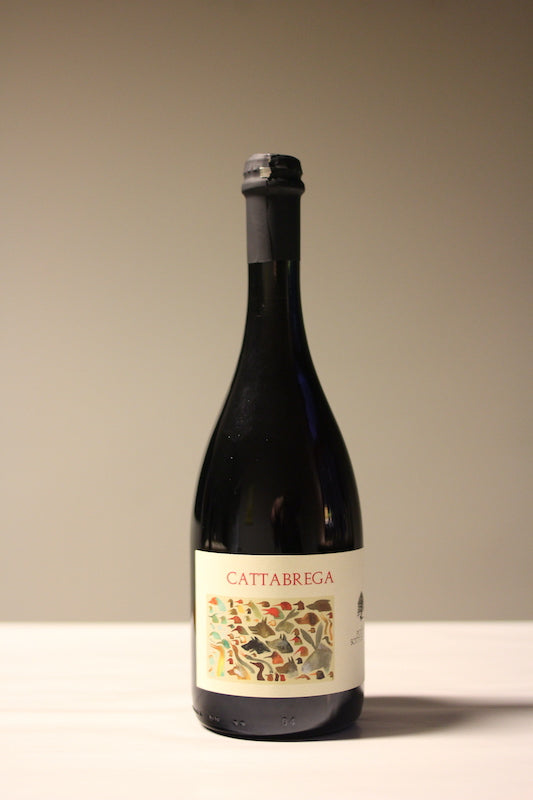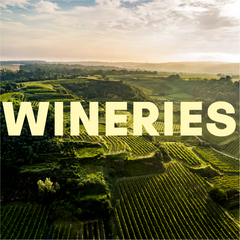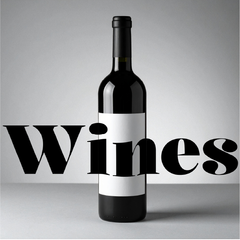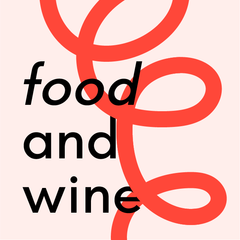Free shipping within Austria from € 99
Free shipping to Germany from € 120
Shipping costs within the EU
Payment methods
Podere Sottoilnoce
Cattabrega 2023
Cattabrega 2023
Couldn't load pickup availability
Uva Tosca owes its name to the fact that it is found—starting from Emilia—on the way toward Tuscany, usually at altitudes where other grape varieties no longer thrive. For many years, its main cultivation area was around Zocca, at about 600–800 meters above sea level, and in the upper Secchia Valley.
Today, since there are hardly any winegrowers left in that region, Uva Tosca has almost disappeared—which is a real shame, as it has always produced light-bodied, extremely vibrant, and yet complex wines: precisely the kind of wines that are once again in vogue everywhere today.
Max Brondolo couldn’t care less about trends—but he does care deeply about endangered grape varieties. That’s why he owns an entire vineyard of Uva Tosca and produces Cattabrega, one of the finest rosé frizzante wines to be found anywhere in Italy (Uva Tosca also plays a notable role in his Saldalama).
Vinification follows tried-and-true methods: after one day of maceration, Max gently presses the grapes and ferments the juice in cement tanks with wild yeasts, without temperature control. Secondary fermentation begins about six months later and takes place in the bottle. There is no disgorgement.
Cattabrega is bone-dry, with aromas of red berries, citrus fruits, and pomegranate, and a palate that is precise, lively, mineral, and crystal-clear.
Technical Data
Variety: Uva Tosca
Vineyard: Located at 300 m above sea level; clay and white marl soils
Harvest: By hand
Fermentation: Spontaneous | wild yeasts, 1 day of skin contact, first fermentation in cement, second fermentation in bottle, not disgorged
Maturation: In bottle
Filtration: None
SO₂: < 25 mg/l
Alcohol: 12.5% vol.
Closure: Crown cap
Serving temperature: 8–10 °C
Optimal drinking window: Now – 2028
Content and price per liter: 0.75 l (€26.12/l)
All winemakers listed by Vinonudo work their vineyards using compost, organic fertilizers, and natural preparations, and they completely avoid herbicides, pesticides, and synthetic fertilizers.
Share







